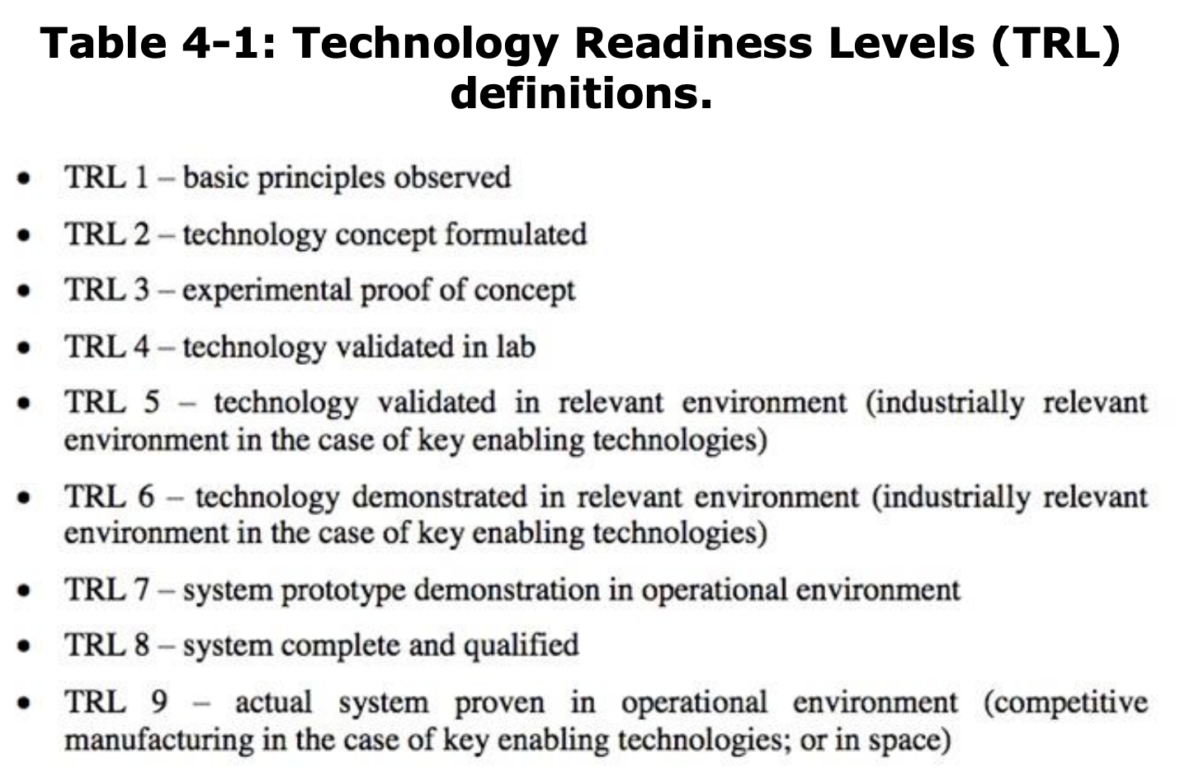
A recent article from insidegnss.com, written by Dawn M.K. Zoldi, discusses the U.S. Department of Transportation’s (DOT) pursuit of Complementary Positioning, Navigation, and Timing (CPNT) technologies and draws comparisons between the DOT’s CPNT tech and the European Commission’s (EC) Alternative Positioning, Navigation, and Timing (A-PNT) technologies.
“Earlier this year, the European Commission’s (EC) science and knowledge service, the Joint Research Centre (JRC), issued its report Assessing Alternative Positioning, Navigation, and Timing Technologies for Potential Deployment in the EU. It summarized the assessment of seven Alternative PNT (A-PNT) platforms which occurred during the eight month period between October 2021 and July 2022. It concluded that commercially available mature Alternative-PNT (A-PNT) technologies are already present in the market that can provide positioning and/or timing information separately from Global Navigation Satellite Systems (GNSS). It also concluded that a system of systems approach that incorporates a range of interoperable technologies, supported by standards, remains the lynchpin to resilient PNT. Will any of the technologies reviewed in the JRC Report come out on top in the U.S. as serious contenders for CPNT?“
The article highlights the JRC’s report findings and NextNav’s ability to demonstrate both accurate positioning and timing. NextNav TerraPoiNT which is a ground-based solution leveraging existing cellular LTE/5G signals and dedicated Signal Sensors and/or transmitters, was reported as a Technology Readiness Level (TRL) 9, meeting the DOT’s most stringent criteria.
The full TRL definitions and technical readiness-system government consensus scorecard are pictured below:


Read more on the need for standards in CPNT technologies and what Inside GNSS speculates the next steps in the process will be.